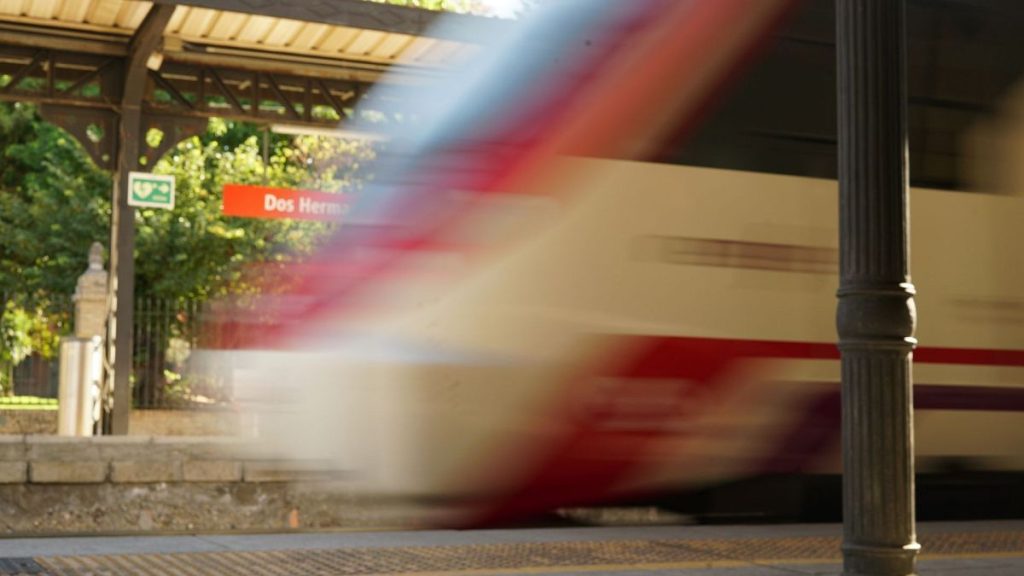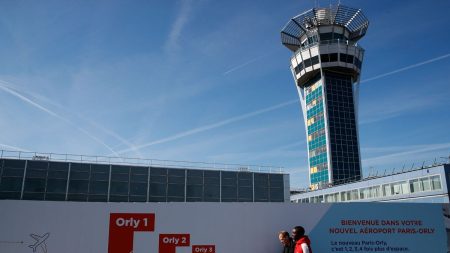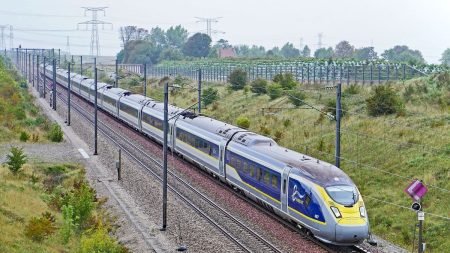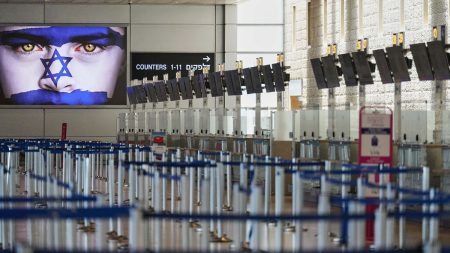In recent years, train passengers in Spain have experienced mounting frustrations due to frequent delays and cancellations that have come to characterize the rail system. These issues have prompted numerous complaints shared on social media, reflecting a broader concern among the populace regarding the reliability of train services. Notably, an incident at the end of October where an overturned train and a passenger in a restricted area combined to disrupt service for approximately 15,000 travelers further underscored the operational deficiencies affecting the rail network. The challenges span a range of problems, including service interruptions due to copper thefts, breakdowns, and a failure to manage disruptions effectively, leading to passenger discontent and a perceived decline in service quality.
The Spanish railway landscape has seen significant changes since 2021, primarily with the liberalization of the rail market, allowing multiple operators to provide high-speed services alongside the national operator, Renfe. This increased competition has led to lower fares and greater availability of trains, but it has also raised concerns about passenger service quality. Renfe, now competing with companies such as OUIGO España and Iryo, has altered its compensation policies, reducing the amount of refunds available to customers for delays. The company no longer refunds the full ticket price after a delay of 30 minutes, instead offering partial refunds, which has been met with dissatisfaction from travelers.
Furthermore, the Spanish rail network has been under strain due to a surge in passenger numbers, which exceeded 665.2 million in the past year, representing a 20 percent increase compared to pre-pandemic levels. This monumental rise in ridership has tested the existing infrastructure, which has suffered from relatively stagnant investment levels following the financial crisis. Experts suggest that the situation reflects “growing pains” rather than a systemic failure, indicating that while the liberalization of services has provided better access and lower prices for consumers, the network itself has struggled to keep pace with this rapid expansion of demand.
To accommodate this increase in traffic, several modernization efforts are currently underway, including a substantial renovation of the Chamartin train station in Madrid, slated to double the capacity for high-speed rail. Planned to complete by mid-2026, the project aims to accommodate an additional 19 million passengers by 2030. However, this transformation has also temporarily hampered service, leading to delays along multiple routes. Similar upgrades are necessary at other critical stations, such as Barcelona Sants, compounded by delays in new train deliveries from manufacturer Talgo, which were an anticipated enhancement to the service.
The Spanish rail system confronts another layer of complexity through the requisite modernization of its signaling systems, with older lines like the Madrid-Sevilla corridor particularly in need of upgrades. Such advancements are both costly and labor-intensive, raising concerns about the pace at which improvements will be realized. While some have expressed optimism about potential future enhancements, there remains skepticism regarding whether these upgrades will adequately address the current service challenges that have plagued the network.
In examining the long-term trajectory of Spain’s railway system, experts observe that while the frequency of delays has increased, it may not be reflective of a broader decline when compared to other European countries experiencing chronic disruptions. The essential task ahead will not only involve improving rail quality but also re-establishing international connections that had diminished following the pandemic. Addressing these needs requires a concerted focus on enhancing intermobility and ensuring that passenger satisfaction is prioritized, allowing Spain to reclaim its position as a leader in European rail connectivity and efficiency.














